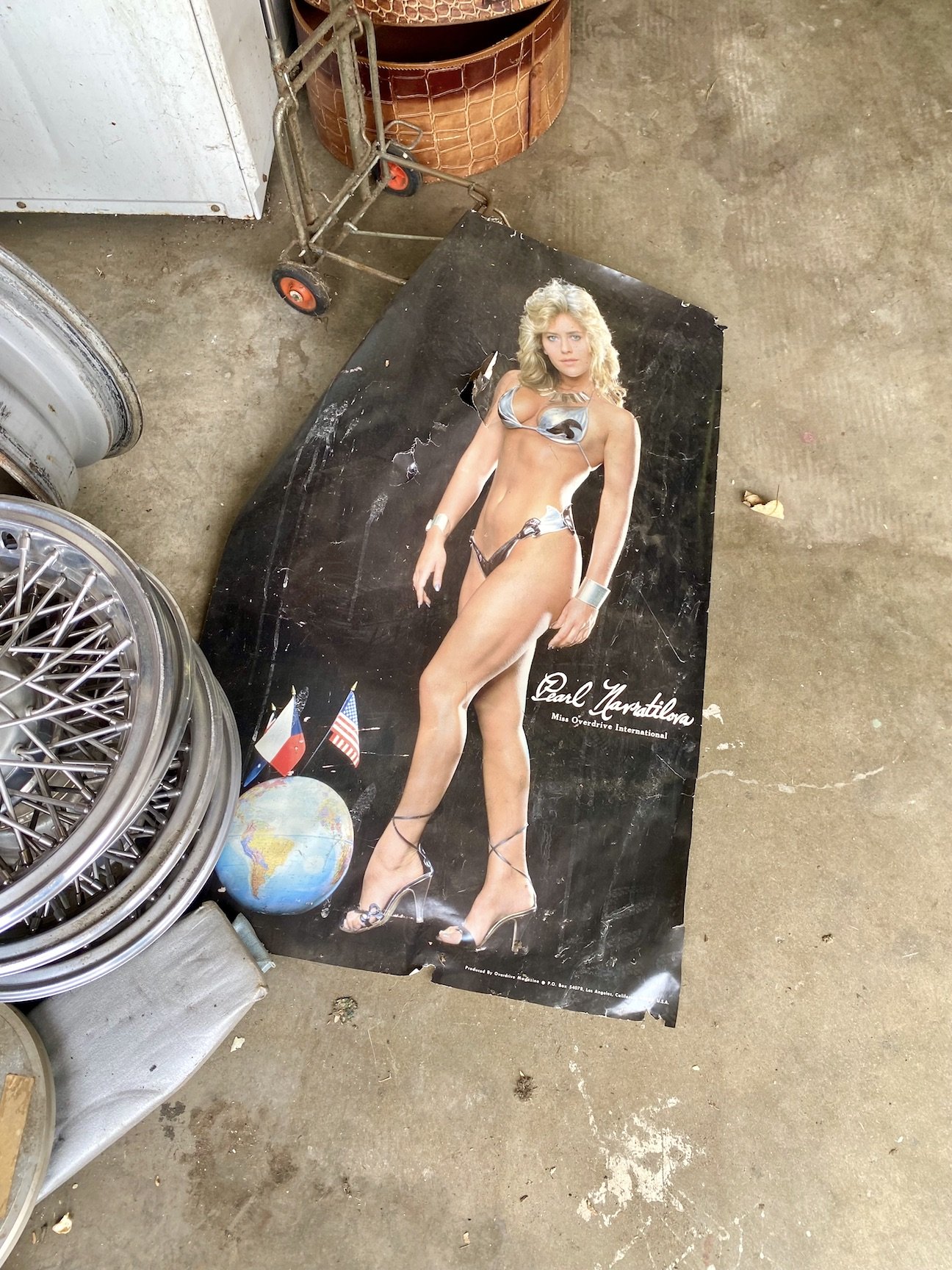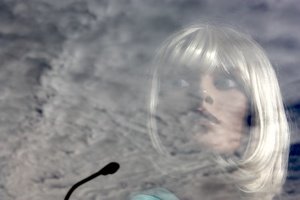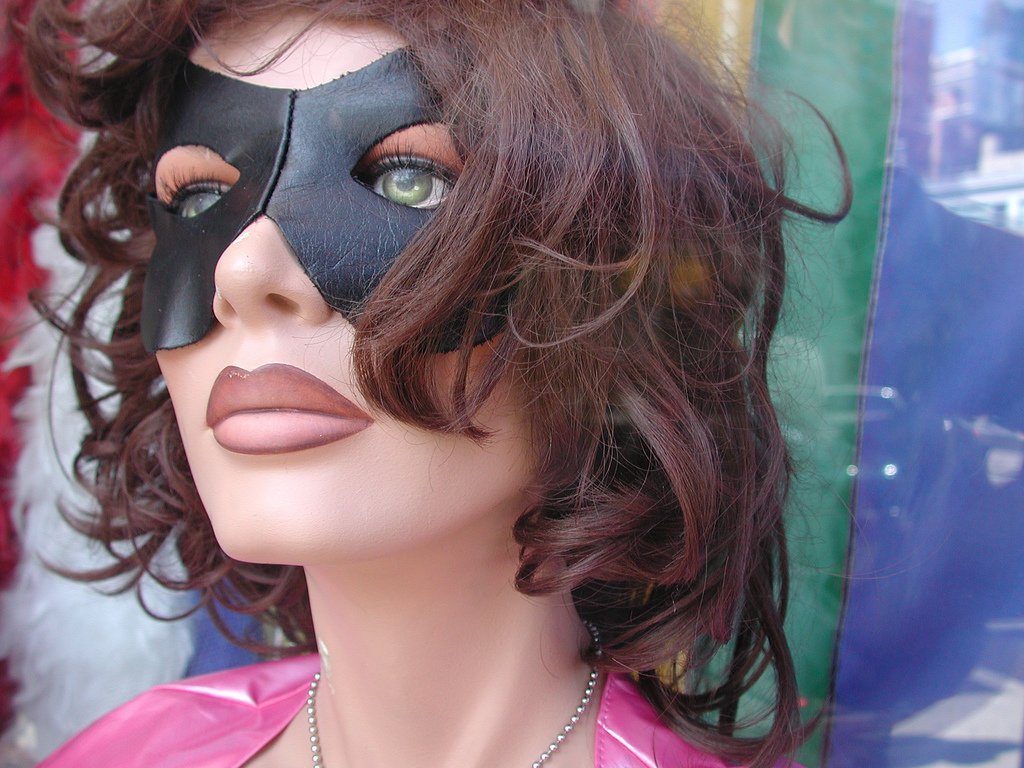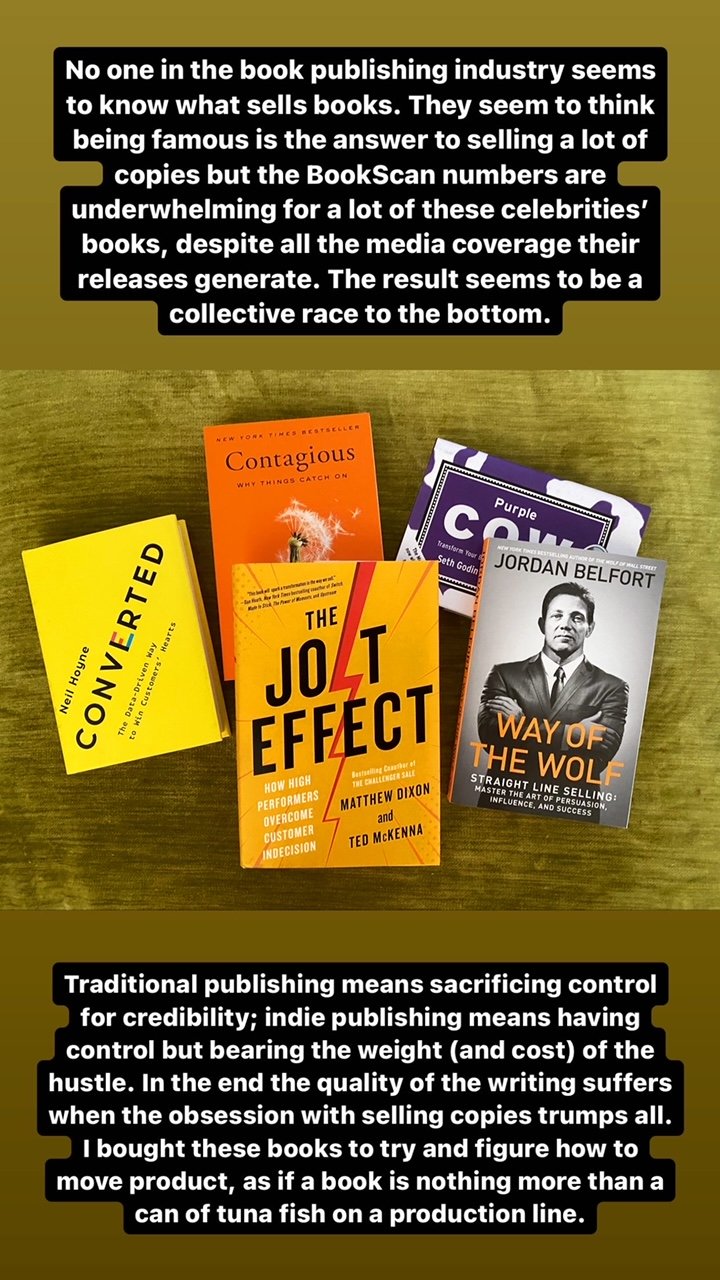Fuck You, Pay Me #20: What I'm Doing These Days
This is part 20 of “Fuck You, Pay Me,” an ongoing series of posts on writing, editing, and publishing.
I’ve got various things going on since the beginning of the year. In 2025, I’m focusing on experimenting. This isn’t the same as strategizing. It’s more intuitive. It’s about trying things, and pivoting, and not overthinking. For me, this process involves work and play, nonfiction and fiction, writing and newslettering and more.
My Novel
So far, my novel-in-progress is 25% drafted. It’s set in the adult movie industry. The main character is a man. I’m really, really enjoying working on this project. It brings me a great deal of satisfaction, and there’s no editor telling me what to do or contract to which I’m beholden. This process is all about reconnecting with what I want to do as a writer: be funny, be creative, be bold.
My Nonfiction Book
I’m also working on a narrative nonfiction book about the porn business. In a way, this book is a project I’ve been working on for nearly 30 years. 2027 will mark three decades since I first set foot on an adult movie set. The story intertwines a first-person narrative, investigative journalism, and creative nonfiction. This is probably my most challenging undertaking, but it’s worth it.
My Short Story Collection
I’m also putting together a short story collection. These intertwined stories take place in the San Fernando Valley and focus on the lives and experiences of those who work in a myriad of sex-related businesses. This will be my second short story collection. My first was You’re a Bad Man, Aren’t You? Soon, a new short story I wrote that will be included in this collection will be published in an O.G. literary magazine and accompanied by a photo I took. So I’m looking forward to sharing that when it’s available.
Consultancy
My consultancy, The Fixer, is doing really well. I have some great clients, most of whom are in the VC / tech / entertainment spaces. As usual, all my clients are men and either CEOs / founders or otherwise C-suite executives. To work with me, contact me here.
Where I’m Applying
Recently, I applied for an investigative journalism fellowship; I’ll find out whether or not I was chosen in a couple months. I also applied for a writing residency; I think I’ll hear about that one in the spring, as well. Over the months to come, I’ll likely apply for other things, but that’s it so far.
Doing the Reverse Cowgirl
Since the start of the year, I’ve been concentrating more on my newsletter: The Reverse Cowgirl. This coming week I’ll be sharing an interview that I think will be a wild read for my readers. I’ve been trying out different formats for this newsletter: listicles, interviews, personal experiences. I’m not sure where the sweet spot is yet, in terms of format and frequency. Eventually, I will know.
Hobbies
I started coloring in adult coloring books, which sounds immature and regressive, but I’ve been enjoying it. I highly recommend this one featuring the art of Edward Gorey.
Exercise
I switched to a new Pilates studio. In addition to in-studio classes, this studio offers instructional videos you can do at home. This has been really helpful to my practice. My abs are strengthening.
Reading
Last year I read a bunch of books, and I didn’t like quite a few of them. This year I decided to only read books with pictures in them. I post short book reviews on my blog. All the books I’ve read this year and last year are here. To date, my favorite book from this year’s line up is Pierre Le-Tan’s A Few Collectors, which I described as “a wunderkammer of a book.”
The Porn Library
I’m still updating The Porn Library. An invaluable resource, for the prurient.
Comics
For the first time in maybe 20 years, two of my most famous erotic comics are available online. They are My, My American Bukkake and My, My American Bukkake Too. I intend to create a third installment for this bukkake comic series—My, My American Bukkake III—by the end of the year.
My Memoir
I sold the foreign rights to my memoir, Data Baby: My Life in a Psychological Experiment—to a foreign country. It’ll be translated into that country’s language. I’ll share that information when it’s public.
Art Club
I went to a nude figure drawing class. That was a cool experience. I still can’t draw, though.
Porn Star Book Signing
I also went to a porn star book signing. It was a scene.
My Photographer Friends
One of the highlights of the year so far is being able to publish photographs taken by cool photographers, some of whom are my friends, in my newsletter: Clayton Cubitt, Dina Litovsky, Steve Diet Goedde, Nikola Tamindzic, Alejandra Guerrero, and Dave Naz, to name a few. I pay $100 for the one-time use of the photo; all rights remain with the photographer. Know someone who’s interested? HMU.
Transcendental Meditation
I started doing transcendental meditation. I learned through the David Lynch Foundation. This is proving to be an incredible, invaluable tool. I’ll probably write more about it when I’ve been doing it longer.
Bang That Gavel
I participated in an art house auction for the first time—through Bonhams—and it was a really cool experience. I won a pair of delightful watercolors by a really amazing person. If you dig around in my Instagram Stories Highlights, you can read something I wrote about the experience.
Eat This
My current food obsession in L.A. is The Cheese Store of Beverly Hills. The sandwiches are the best, and the La Zucca is to die for. I strongly recommend getting it with fried Mortadella if you’re a meat person.
The Blue Glow
My favorite series on TV right now is The White Lotus Season 3, obviously.
My Pics
As usual, I’m taking lots of pics. Follow me on Instagram.
Anyway, that’s it for now. Contact me here. Work with me here.
About I My Book I Newsletter I X I Instagram I LinkedIn I Consulting I Email

























